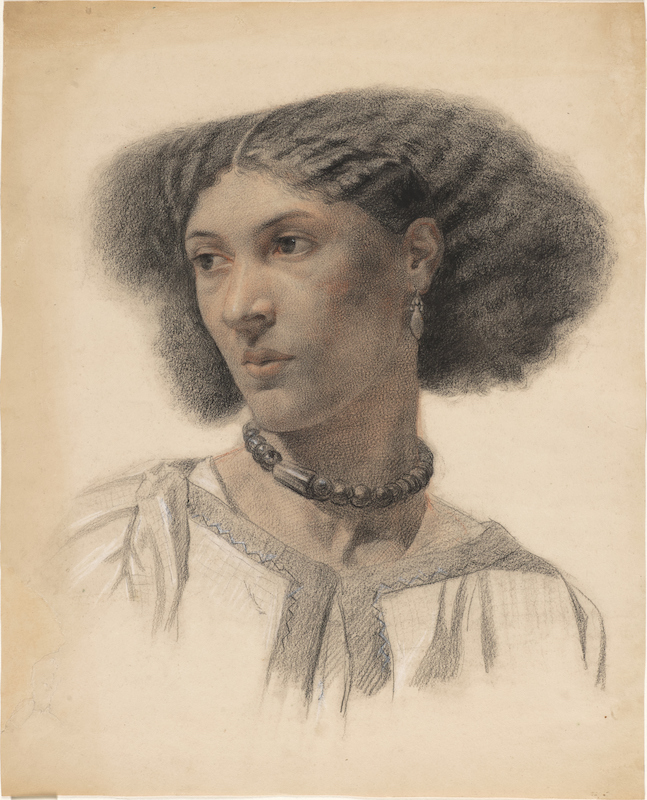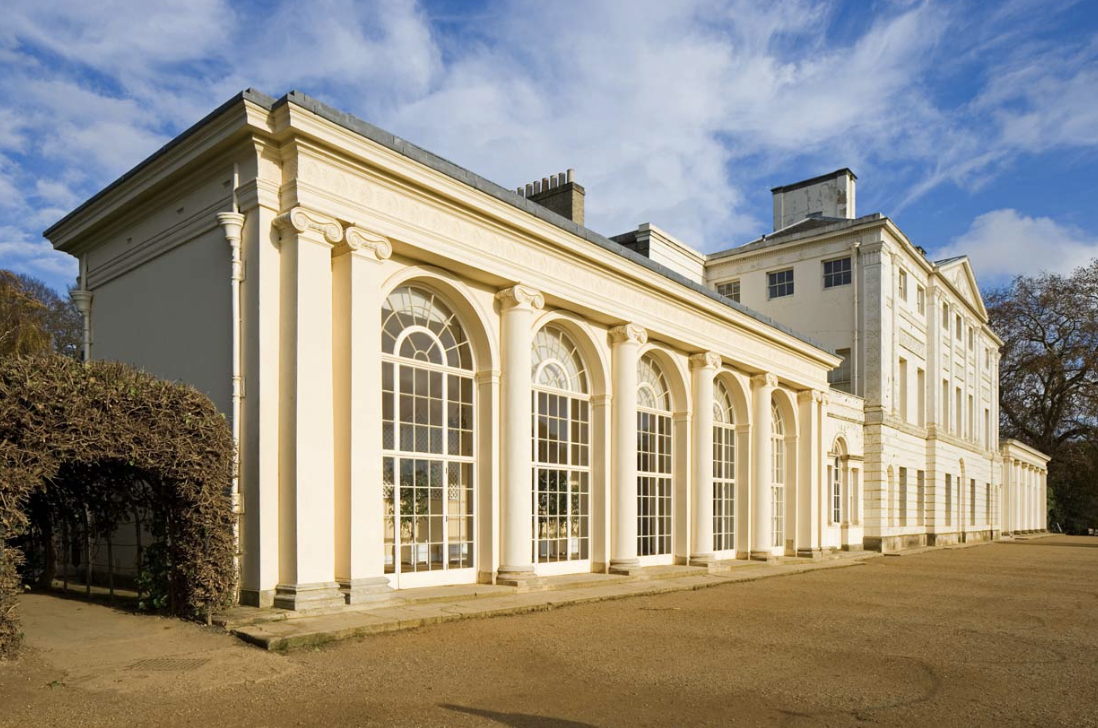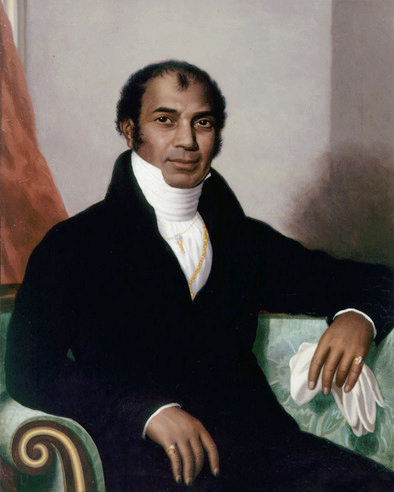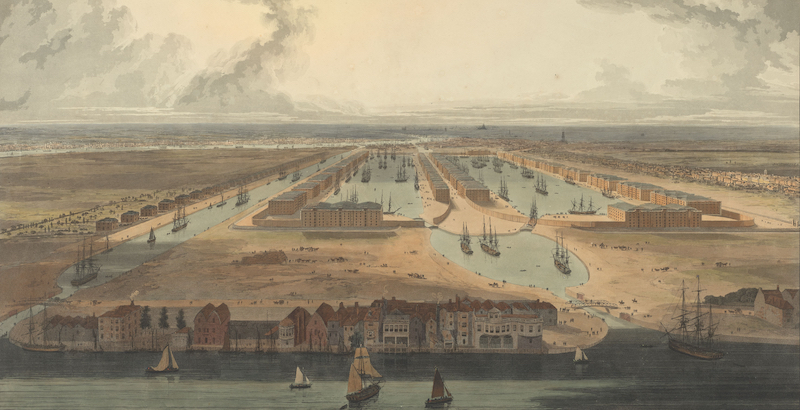Post
London Metropolitan Archive exhibition explores the connection between buildings and past lives
9 Oct 2023
The British Empire is written large on the buildings and streets of London. Not only in the diversity of its populations, but in the wealth and power of its institutions and businesses, the availability of daily commodities, the richness of its cultures and in the grandeur of its buildings.
Unforgotten Lives, a free exhibition at London Metropolitan Archives, presents the stories of Londoners of African, Caribbean, Asian and Indigenous heritage who lived and worked in the city between 1560 and 1860.
Check out our rundown of upcoming events
The exhibition challenges a commonly held myth that the diversity of London’s populations is a post second world war phenomenon by presenting archival evidence which shows that Londoners of colour have been ever present in pretty much all aspects of London life since Tudor times.
The impact on London’s built environment is marked. There is perhaps no clearer expression than the development of the West India and East India Docks, designed to increase the efficiency of processing the hundreds of ships which were passing through London.
Londoners of African, Caribbean, Asian and Indigenous heritage have contributed immensely to the culture and politics of the capital, such as Dean Mahomed who set up the first Indian restaurant at 34 George Street, Marylebone in 1810.
Dido Belle who was brought up in an aristocratic family at Kenwood House, Hampstead in 1760s and Fanny Eaton who modelled at the Royal Academy for pre-Raphaelite artists in 1860s.
The 1774 voting record of Ignatius Sancho, the first person of African heritage to vote in a Parliamentary election, is on display at the exhibition. As is the insurance record for Ann Sancho, his wife, who established one of the first Black publishing businesses in 1800s operating from Charles Street, Westminster and later Castle Street, Leicester Square; and a printing licence signed by radical activist and writer, Robert Wedderburn, who linked movements for working class rights with demands for an end to slavery and called for simultaneous revolutions in Jamaica and England.
Subscribe to the London Society newsletter
Building on decades of scholarship so often neglected in mainstream historical narratives, Unforgotten Lives seeks to raise the profile of this research. Not as specialist history or niche history, but as a celebration of the centrality and importance of people of colour in shaping the history of London and Britain.
The stories featured make clear the global nature of London’s history and development. Although colonialism was not the sole reason for the people presented in Unforgotten Lives being in London during the period, it played a significant role. London was transformed, both directly and indirectly, by the wealth and power generated through enslavement and colonialism.
The exhibition features some 50 individuals from the many thousands identified in the records so far. These include servants, princes, sailors, soldiers and diplomats; writers, poets and publishers; activists and abolitionists; musicians and performers; entrepreneurs, traders and skilled artisans.
Their stories are sometimes astonishing, other times, more every day. But they are richly varied and reflect a diversity of experience and circumstance, speaking of love, family, status, rights, resistance, discrimination, poverty, wealth and work.
Unforgotten Lives explores the court cases of Jonathan Strong and James Somerset, who both challenged racism in landmark court cases in the 1760s and 1770s; Phillis Weatley who, by publishing her volume of poetry in London in 1773, became the first published African American woman poet and Ellen Craft who staged an intervention at the Great Exhibition in 1851 to protest slavery in US.
And there are many more people featured who are less well known, such as Mary Fillis, a Moroccan woman baptised in 1597; Dederi Jaquoah, a Liberian prince who arrives in London in 1611 and Katharine Auker from Barbados who takes her employer to court in 1690.
John Morgan, a Bengali Muslim, travels to London to look after a cheetah for the governor of Madras in 1764; Yemmerrawanyea, a First Nations Australian, who performs a song of the Eora Nation in London in 1790s, thought to be the first such documented performance in Europe.
Amos Anderson, an African American sailor serving in the Royal Navy, was admitted to the Royal Hospital for Seamen as a Greenwich Pensioner in 1813 and Assing, a Chinese cook working on an East India Company ship, who dies in London in 1815. There’s also the servant of Sir Joshua Reynolds, whose identity has remained a mystery until now.
These stories and many more feature in Unforgotten Lives a free exhibition at London Metropolitan Archives.
Details of regular exhibition tours and related events can be found on the LMA Eventbrite page.
Words by Howard Doble, Senior Archivist (City Records) London Metropolitan Archives



